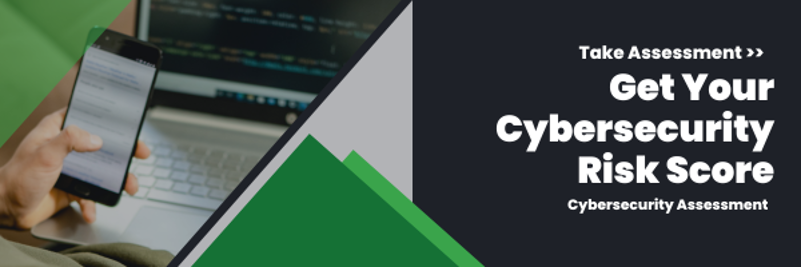Protecting your online presence has become a matter of utmost importance in the digital world. With cyber threats constantly evolving and on the rise, a robust password protection policy serves as the cornerstone of your digital security. Whether you’re managing personal accounts or overseeing your company’s cybersecurity, implementing effective password protection measures is a non-negotiable step, as your digital security is only as strong as your weakest link.
Let’s explore some essential tips to bolster your defenses and keep your accounts safe from security breaches.
Read: 7 Do’s and Don’ts for Creating Strong Passwords
What Is Password Protection?
Before we delve into some best practices for password protection policies, let’s first define password protection.
Passwords are often the first line of defense against unauthorized access; the stronger the password, the more protected sensitive data will be. Password protection is a type of access control that helps protect sensitive and important data from cyber attacks, identity theft, data breaches and more. By ensuring that only the right person with the correct credentials can access this information, you can significantly reduce the potential of a cyber attack or data breach. Strong password policies can also help you meet compliance regulations.
Strengthen Your Passwords
The first significant part of your password protection policy should be strengthening your passwords.
- Upgrade to stronger, complex passwords: Replace old, weak passwords with new, robust ones. Use a combination of upper and lowercase letters, numbers and symbols. Passwords should have a minimum of 19 characters to increase the difficulty of attackers cracking them through brute-force attacks. Avoid common words or phrases that are easy to guess.
- Avoid personal information: Steer clear of using easily guessable information like your birthday, nickname or address. Although these details are easy to remember, hackers often exploit personal information to crack passwords.
- Passphrases over passwords: Consider using passphrases instead of traditional passwords. These are longer combinations of words that are easier to remember and harder to crack.
- Ditch reused passwords: Resist the temptation to reuse passwords across multiple accounts, especially personal vs. work accounts. Each account should have its own password; if you reuse a password and a cyber criminal can guess your password, they can now access all accounts using that password. Also, don’t reuse the password with only one change character (password1 vs. password2).
- Change passwords regularly: Change your passwords at least every 90 days to minimize the risk of unauthorized access. Regular changes make it harder for hackers to crack your credentials. However, you want to avoid overly frequent changes, as they can lead users to choose weaker passwords or resort to guessable patterns. You should also change passwords if you suspect any type of breach.
- Utilize password managers: The average person has over 100 online accounts with passwords, so remembering them all can be tricky. You don’t want to store passwords on your devices in clear text or in any reversible form, and you should never write them down. Instead, embrace password management tools to store and generate complex passwords securely. They offer the convenience of remembering multiple passwords while ensuring strong password hygiene.
Enhance Your Security Measures
The next part of your password protection policy should focus on enhancing security measures.
- Implement multi-factor authentication (MFA): Enable MFA wherever possible to add an extra layer of security. This security measure requires users to provide two or more forms of identification before they can access an account. This typically involves a combination of something you know, something you have or something you are. It significantly reduces the likelihood of unauthorized access, even if passwords are compromised.
- Log off after each session: Always log out of programs and accounts when you’re finished using them, especially on shared or public devices. This prevents unauthorized access to your accounts.
- Regular audits and monitoring: Implement procedures to regularly audit user accounts for weak passwords, suspicious activity and unauthorized access attempts. Monitor login attempts and enforce account lockouts after multiple failed login attempts to thwart brute-force attacks.
- Educate users: With human error contributing to 95% of all breaches, educating users about the importance of strong passwords, the risks of sharing passwords and the tactics used by cyber criminals can help reduce the chance of a data breach. Empower users to recognize and report suspicious activities promptly.
Use Thriveon to Protect Your Accounts
Thriveon is a managed service provider that understands the importance of keeping your sensitive data safe from cyber attacks. That’s why we offer robust managed IT and cybersecurity services for our clients.
Our fractional chief information officers (CIOs) align clients to 500 industry best practices to ensure their company is safe. We also help protect your business while maintaining cybersecurity compliance, no matter your industry.
Schedule a meeting with us now for more information.

